February Walking Tour - Textures of a Tree
You might think that there is nothing beautiful to see in the garden during the winter months, but if you slow down and take a closer look you may be surprised.
In the summer a tree’s bark is often overshadowed by its brilliant leaves, fragrant blooms and vibrant fruit, but it is a very important part of the tree. The bark serves as armor to ward off insects and drought; it is the life support of the tree, with inner layers carrying water and nutrients from the roots to the rest of the tree, and sugars made during photosynthesis in the leaves traveling down in another interior layer, the phloem; and it is the face of the tree, giving it definition, character and beauty.
As a tree matures, the growth of the outer layer can’t keep up with the expanding of the wood growing underneath, and so the bark begins to form different shapes and textures as it grows and repairs itself.
Each tree species has its own unique bark pattern, and with some keen observation you will begin to see the hidden layers of beauty that trees hold.
- As you start your tour walking down the allée of crabapple trees (Malus spp. and cultivars) in Shady Lane you will notice that the trees to your left are much larger then the trees on the right. That’s because the trees on your left were planted in the late 1970s and the trees on the right were planted after 2010 when the new greenhouses were built. Now, look at the difference in the bark. You will discover that the tree’s bark changes with age. Young trees often have smooth, flawless bark; as the tree ages the bark begins to transform and weather, creating unique patterns specific to that tree species.
- As you enter Oak Grove, notice the similarities of their bark patterns. The large bur oak, Quercus macrocarpa, in the center of the grove has very furrowed bark patterns. Can you see any other furrowed bark in Oak Grove?
- Exit Oak Grove at the west end and turn right, back toward Shady Lane. On your left you can’t miss the bald cypress, Taxodium distichum ‘Pendens’, and its magnificent bark. The curling bark keeps outer bark thin, allowing sunlight to reach the photosynthetic cork skin, giving the tree an extra boost before its needles flush out in the spring. Yes, trees perform photosynthesis through their bark, although not as efficiently as through leaves; this helps sustain the tree during the winter months.
- As you walk around the pond to the Hive Garden Bistro, the large hackberry trees, Celtis occidentalis, tower over the patio with their unique bark structure. Examine this bark and compare the difference between the trunk and the newer branch bark. Hackberries are known for their warty bark texture and this is best displayed as you look up at the tree’s branches.
- Make your way to the cutleaf European white birch trees, Betula pendula ‘Gracilis’, next to the wooden bridge near Cheesman Gate. This unique bark is not only stunning in the garden, but this white color reflects sunlight and reduces potential for sun damage, especially during our winter months.
Take some time as you walk through the rest of the Gardens to slow down and observe the countless patterns and textures that tree bark displays. Realizing that bark is not only a vital part of a tree’s structure, but that it also defines the tree’s beauty will help you see trees during the winter months in a whole new way.
Textures of a Tree Gallery
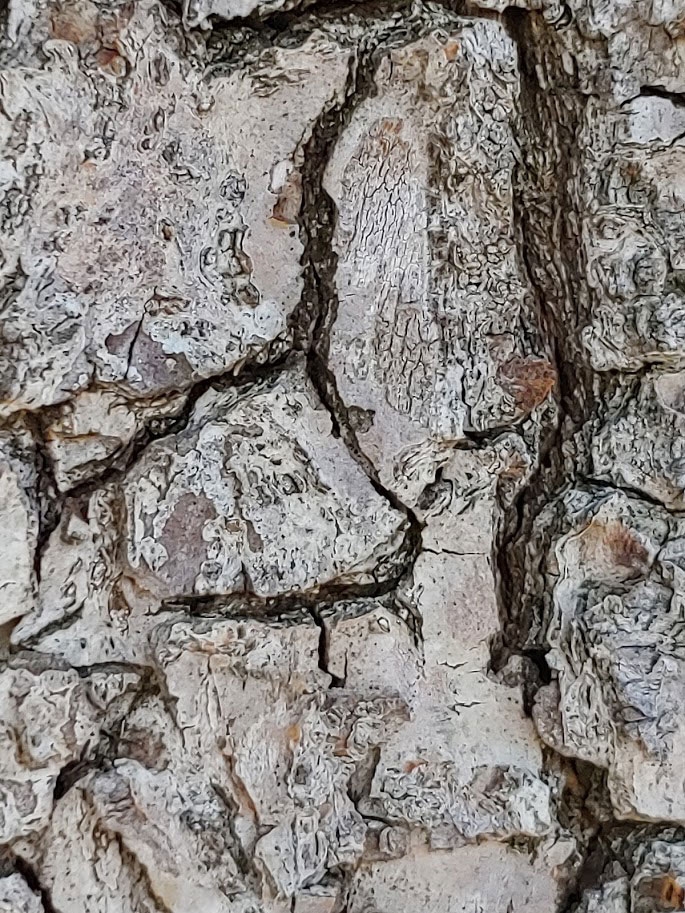
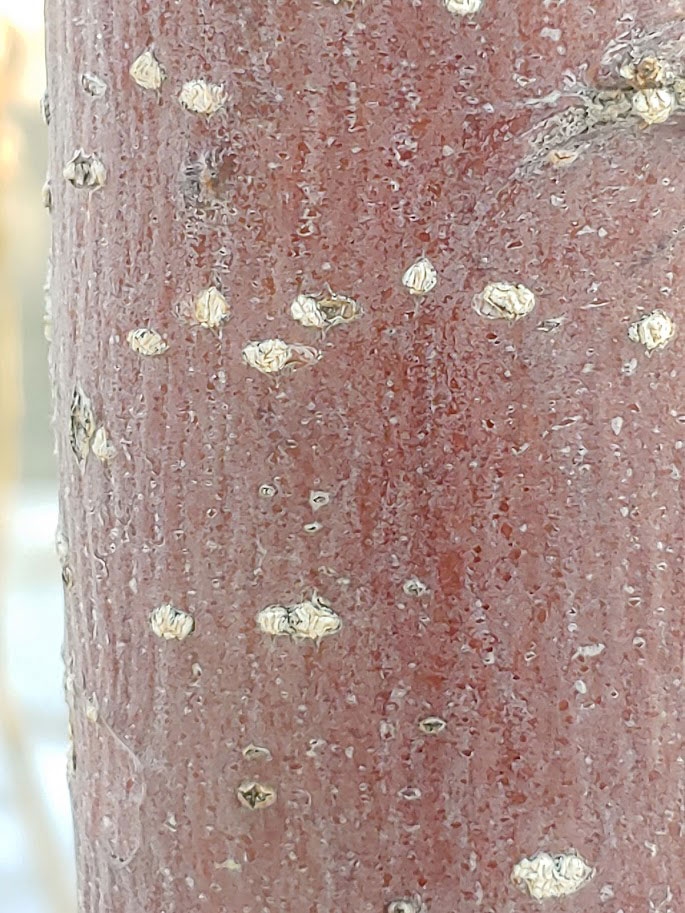
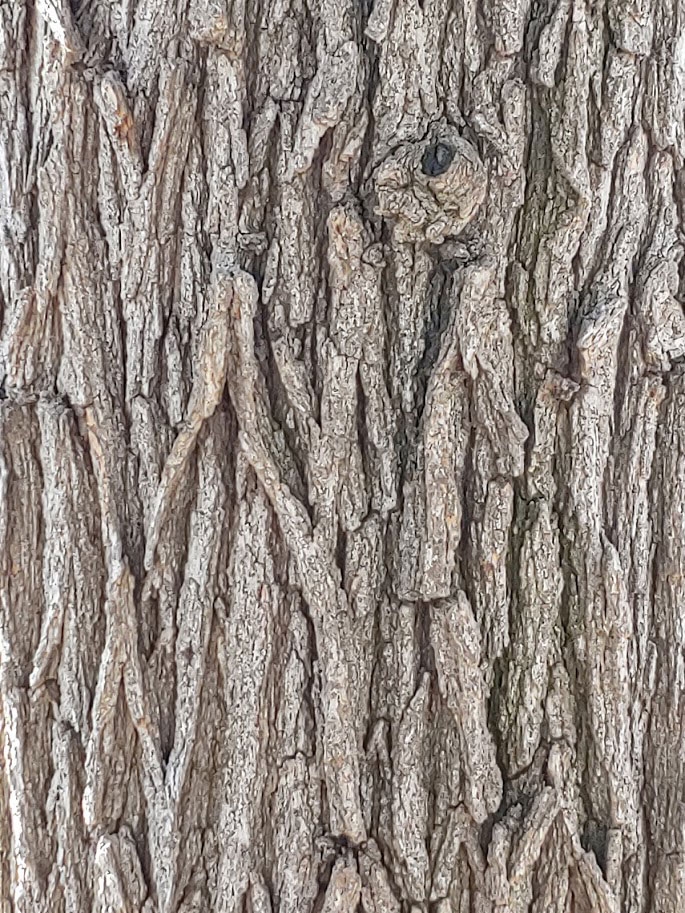
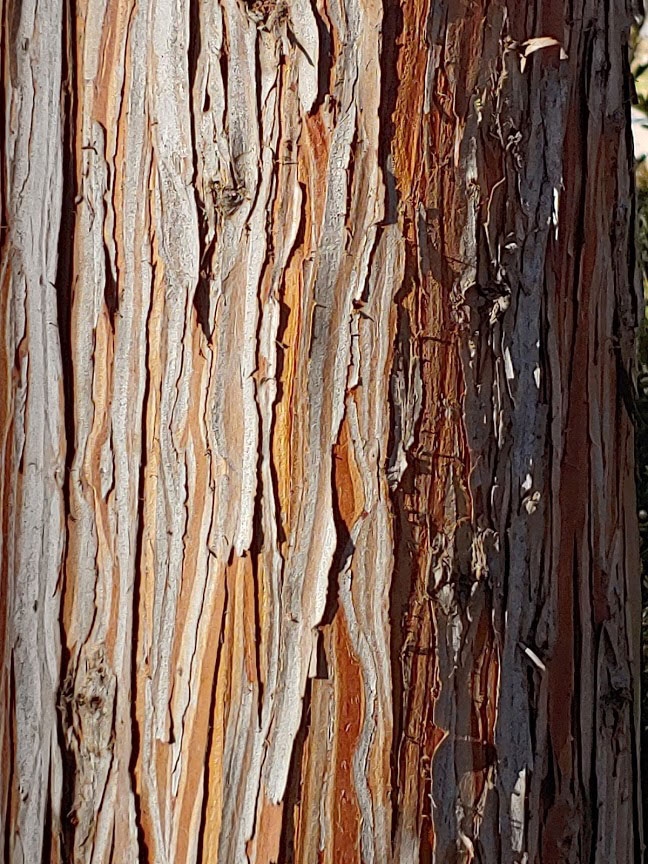
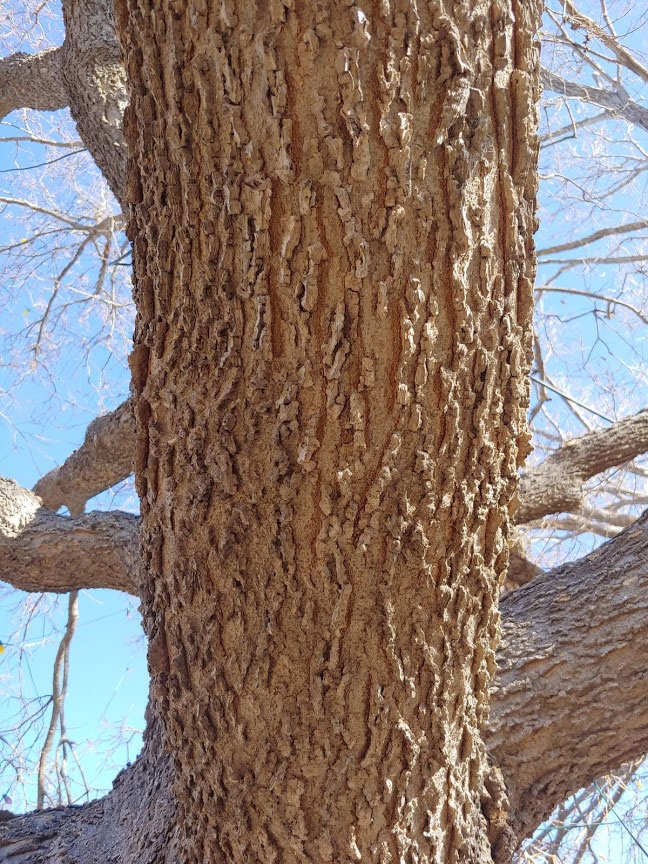
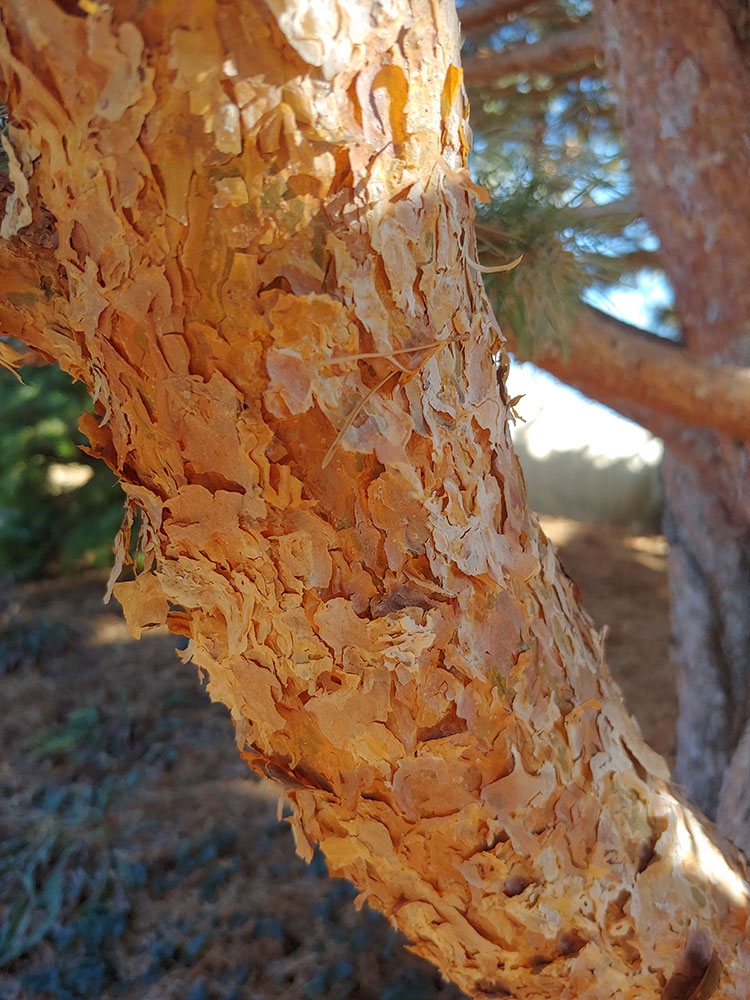
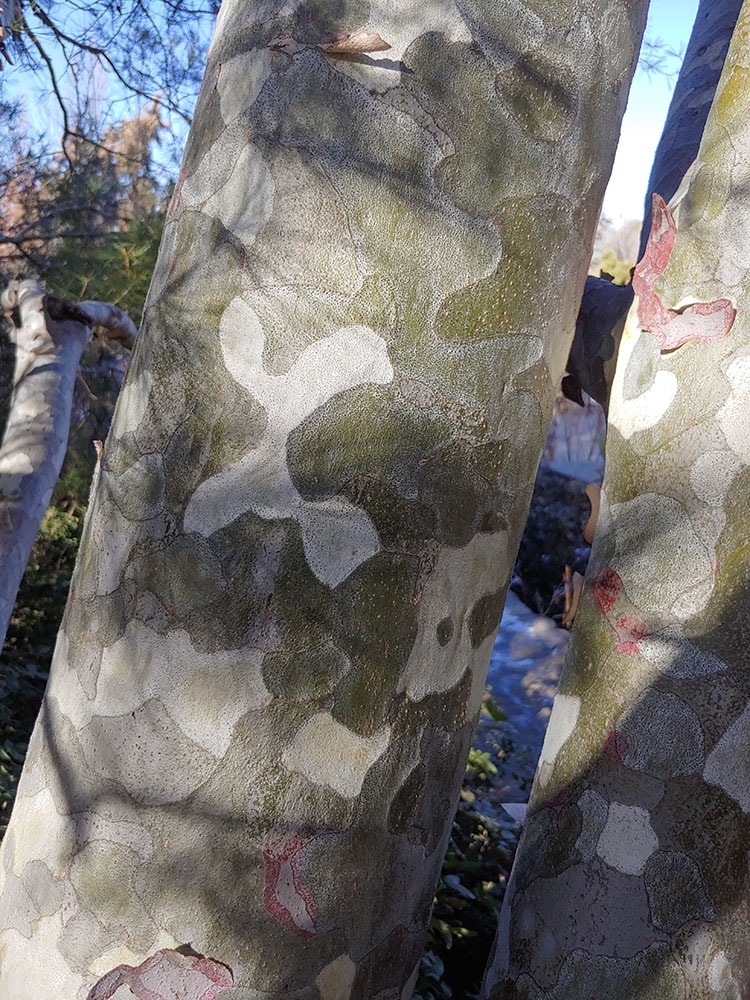
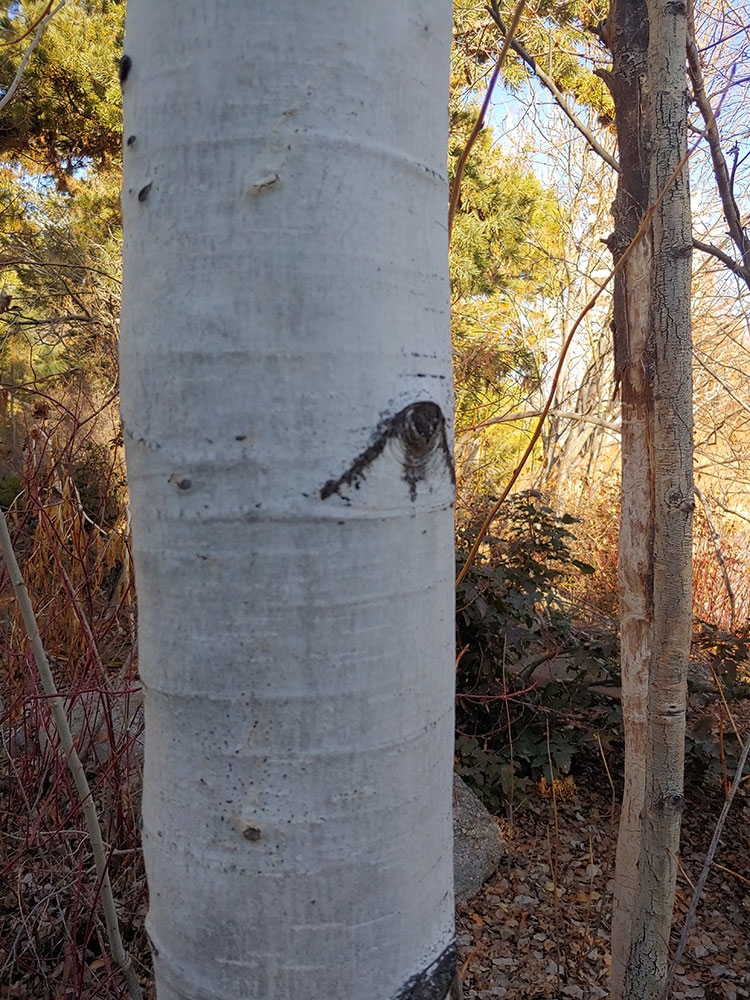
Add new comment